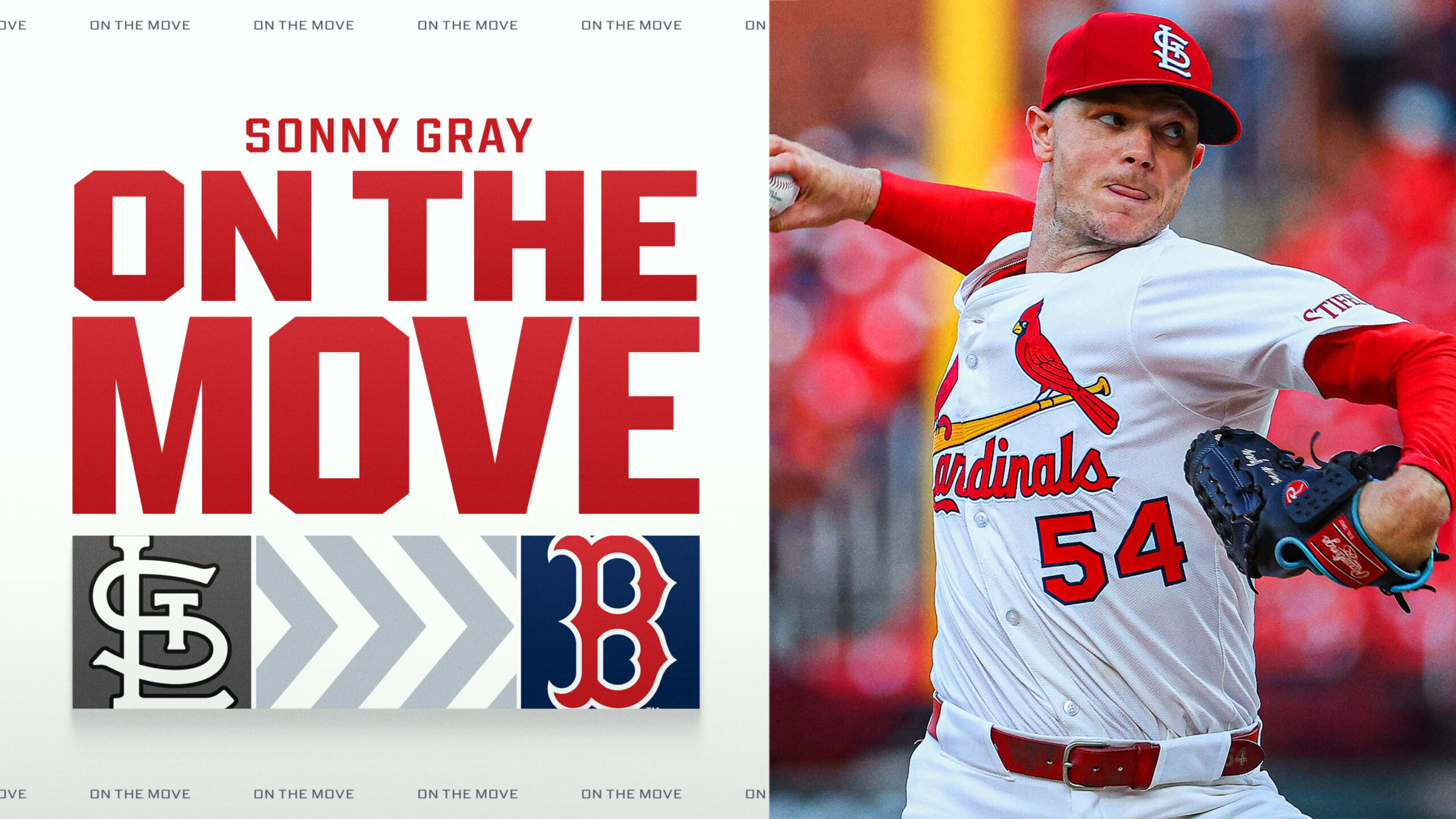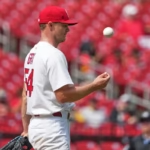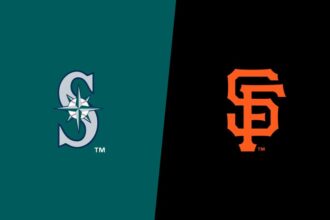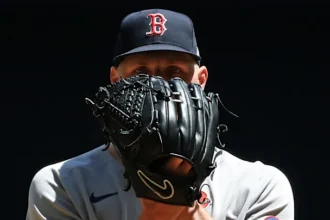The Boston Red Sox kicked off their offseason with a notable splash, finalizing a trade with the St. Louis Cardinals that brought veteran right-hander Sonny Gray to Boston. It was the first true headline-maker of the winter for the Sox, a move that immediately sparked conversation among fans and analysts. Many supporters had anticipated that if the club made a big early pitching acquisition, it would be the long-awaited No. 2 starter to slot directly behind Brayan Bello. Gray’s name had surfaced in rumors, but most fans were expecting a younger or more overpowering arm to complement Bello as the clear one-two punch atop the rotation. When the trade became official, enthusiasm mixed with confusion: was Gray the No. 2 they had been promised, or was this a depth move disguised as something bigger?

In the aftermath of the deal, Red Sox Chief Baseball Officer Craig Breslow spoke publicly about the team’s intentions. His comments, however, left more questions than answers. When asked specifically whether Gray was being brought in as the new No. 2 starter, Breslow declined to commit to labeling him that way.
“I don’t know how much sense it makes in November to put a number on a guy,” Breslow said, speaking cautiously about expectations and roles. “We still intend to improve our team. Exactly what that looks like, we don’t know right now.” The quote, relayed through reporting by Alex Speier, sounded deliberate a clear attempt to leave the team’s plans open-ended while buying himself the flexibility to reshape the rotation further.
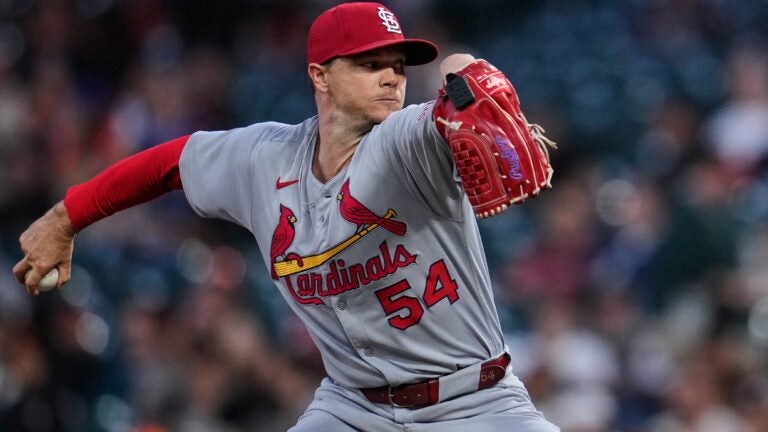
But Breslow didn’t stop there. In another interview, again detailed by Speier, he expanded on his earlier remarks, giving fans a glimpse into his longer-term thinking. If the first comments felt vague, the second set offered more reassurance. Breslow explained that the decision to acquire Gray was part of a broader plan, particularly with an eye toward the 2026 season. According to him, the move was not necessarily meant to be the final touch on the rotation or even the biggest one.
“We felt like there was an opportunity to upgrade our rotation in 2026, and we did that,” Breslow said. “It’s early in the offseason. There are still opportunities that I anticipate materializing. Exactly what they look like, I’m not sure. But we’re not going to close off any chance to make the team better.”

This second comment suggested something significant: Boston does not appear finished shopping for starting pitching. It implies that another notable arm could still be added, leaving open the possibility that Gray was simply the first step, not the centerpiece. That nuance matters, because it reveals that the organization might be more ambitious than originally assumed.
Still, adding another front-line pitcher creates a ripple effect across the rest of Boston’s offseason plans. Analysts around the league have repeatedly argued that any major pitching acquisition reduces the likelihood that the Red Sox pursue multiple premium hitters. The names that keep coming up are third baseman Alex Bregman and first baseman Pete Alonso two of the biggest offensive upgrades available this winter. For weeks, discussions have revolved around whether the Red Sox would aim for both players or instead choose one of the two depending on cost, roster fit, and payroll direction.

The prevailing belief among many insiders is that Boston is unlikely to land both Alonso and Bregman if they also commit significant dollars to another starting pitcher. In other words, the situation appears to be an “or” rather than an “and.” Under this line of thinking, the Red Sox could either opt for a strong bat or another high-level starter, but probably not both unless they break from recent payroll conservatism. The organization has spent several seasons steering away from large luxury-tax commitments, prioritizing flexibility and long-term financial maneuverability. That strategy has made big-name free-agent splashes feel much less common than they once were in Boston.
But the crucial detail here is this: they could still choose to do all of it. They could acquire a star pitcher and sign or trade for Alonso and pursue Bregman. Nothing structurally prevents the team from doing so except a willingness to exceed the luxury tax thresholds, a move the organization has shied away from in recent years. Boston is a major-market franchise with massive revenue potential, an enormous fan base, and one of baseball’s highest historical spending capacities. There’s no baseball reason they cannot behave like a heavyweight. It simply comes down to whether ownership is willing to lean into the financial muscle it possesses.

Part of the equation involves Sonny Gray’s contract situation. He has only one year left on his deal and that creates a unique dynamic. If the Red Sox were to exceed the luxury tax over the next season or two, Gray’s short-term commitment could help offset long-term payroll implications, allowing the team to dip temporarily into tax territory without locking themselves into multi-year penalties. From a strategic standpoint, this could be the moment for Boston to act aggressively, fortify the roster across multiple areas, and make a decisive push back into legitimate contention.

It’s also important to consider the broader context of the Red Sox as an organization. They haven’t acted like a major financial powerhouse for several seasons, and fans have grown increasingly frustrated. A franchise with Boston’s history and resources shouldn’t settle for mediocrity or slow-build cycles that resemble small-market philosophies. Instead, they should be operating like the Yankees, Dodgers, Phillies, or Mets teams that spend big, chase stars, and treat the luxury tax not as a punishment but as a tool.
With other large-market teams spending without hesitation to chase a postseason edge, Boston risks falling behind if they continue cautiously. The team has too many holes and too much competition in the AL East to rely solely on incremental improvements. Adding just one notable pitcher and one mid-tier bat might keep them competitive, but it won’t make them a true contender. Meanwhile, making multiple top-end additions could transform the roster overnight, creating a season where Boston becomes a legitimate threat instead of merely a fringe wildcard hopeful.
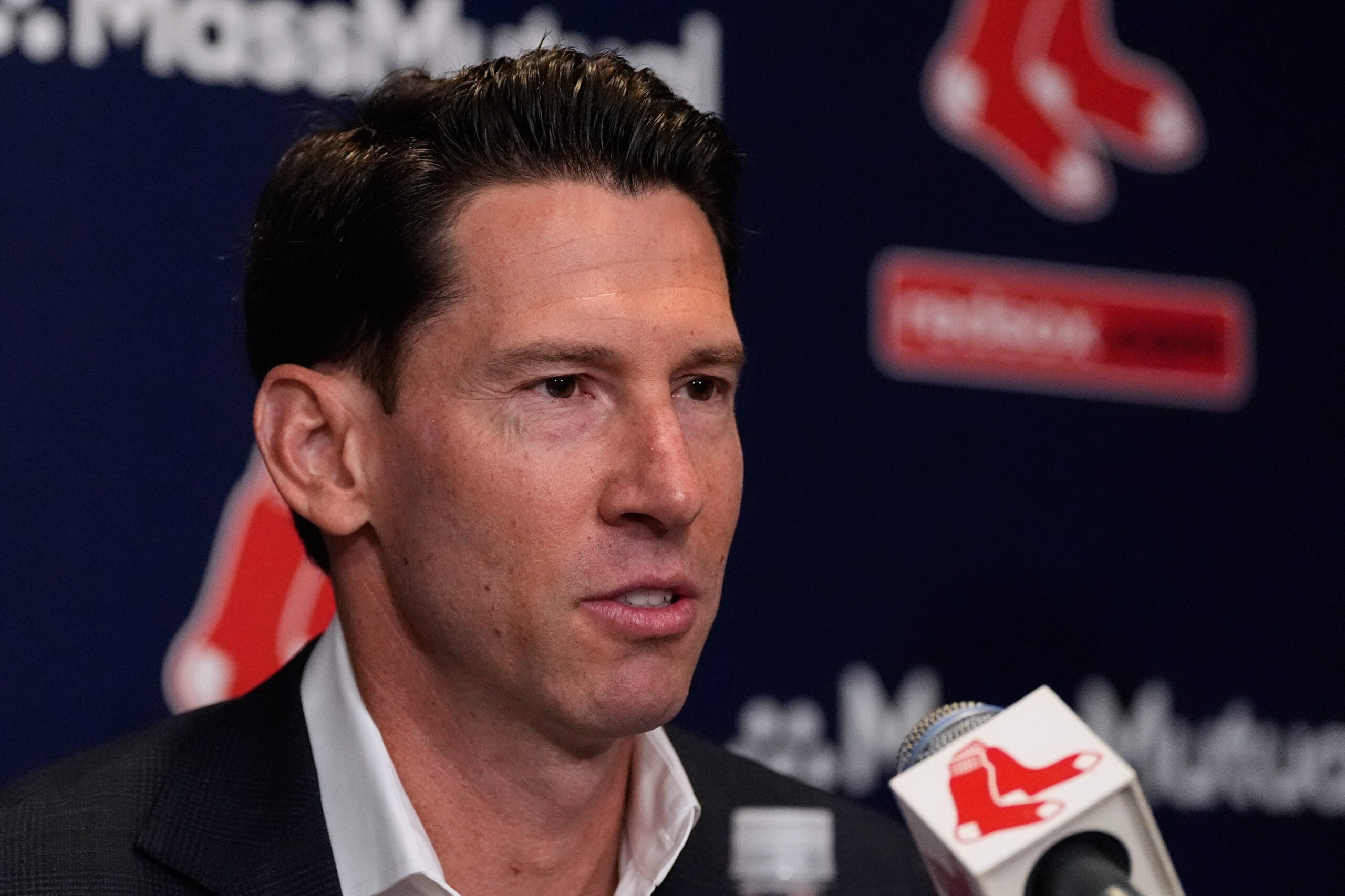
The hope among fans and certainly the message that Breslow’s comments subtly convey is that the Red Sox recognize their position in the baseball landscape. They play in a premier sports city. Their ballpark is iconic. Their television ratings and merchandise sales remain strong even in down years. They have the resources to make aggressive moves and pursue elite players without worrying about long-term damage to the payroll structure. The only question is whether they’re willing to use those resources.
That’s why this offseason feels like a crossroads for the franchise. By bringing in Sonny Gray, they’ve taken a meaningful step, but the next decisions will reveal the true direction of the organization. If they follow the Gray acquisition with a top-tier pitcher, they send a message of urgency. If they add Alonso or Bregman, they signal a commitment to balancing the lineup and scoring at the level required to compete deep into October. If, somehow, they do all of those things, they announce themselves once again as one of baseball’s most ambitious franchises.
But if they stop now? If the Gray acquisition becomes the headline rather than the prelude? Then fans may feel the familiar sting of unmet expectations the sense that the team is content with modest improvement rather than genuine pursuit of greatness.
![Bradford] Breslow non-committal on where Gray slots. Seems to leave door open for another SP acquisition. : r/redsox](https://preview.redd.it/bradford-breslow-non-committal-on-where-gray-slots-seems-to-v0-i4p6jk7hxh3g1.jpeg?auto=webp&s=4db626d42e578c0c97b37699498a6b32a3ce9d99)
The Red Sox front office now faces a defining moment. Their market size gives them the ability to behave like a powerhouse. Their fan base expects them to behave like a powerhouse. The league’s competitive landscape practically demands it. Whether they take that step remains to be seen, but the path is clear: spend when necessary, invest in the present, and commit to winning at the level Boston baseball deserves.
One can only hope the Red Sox look in the mirror, recognize their identity as one of the sport’s biggest brands, and start acting accordingly.
